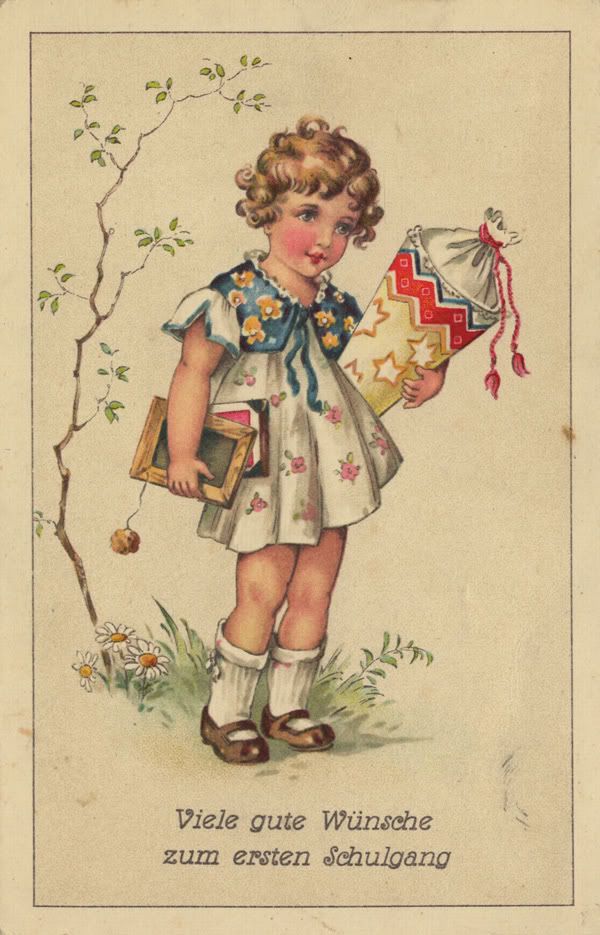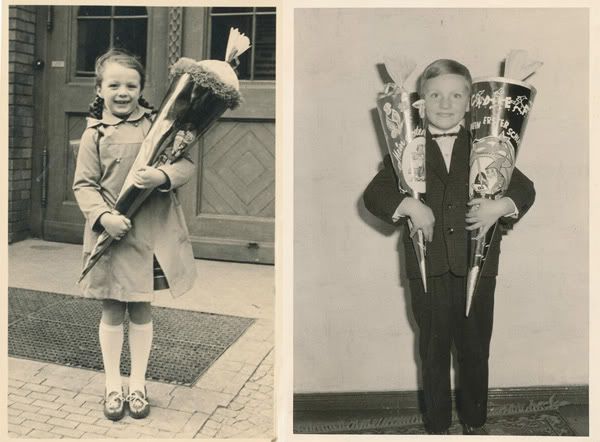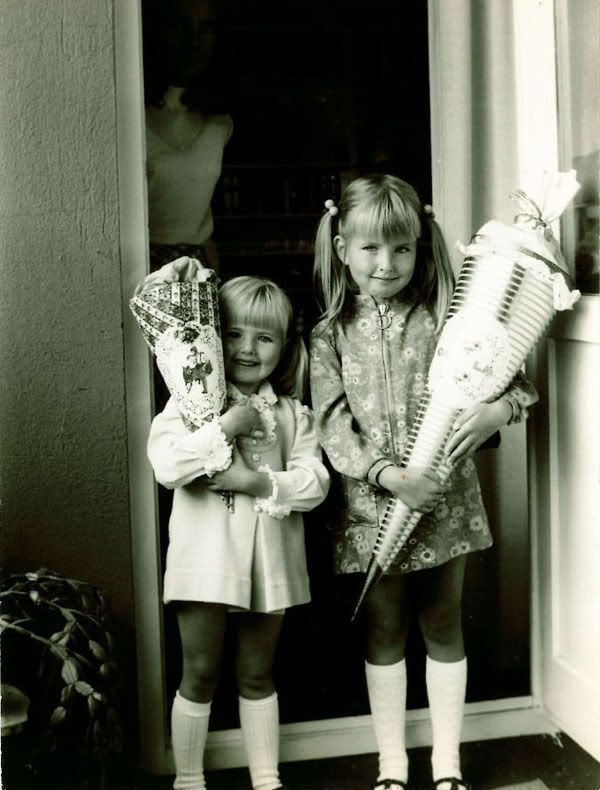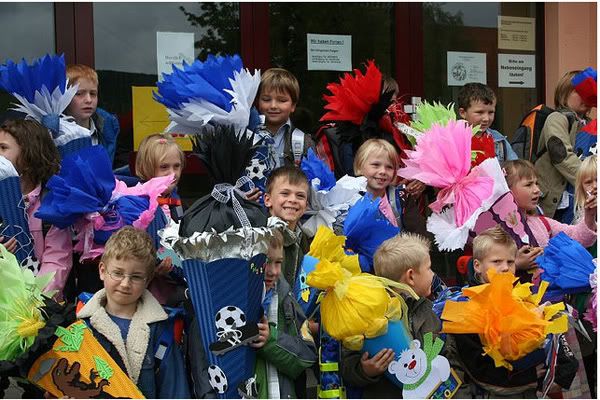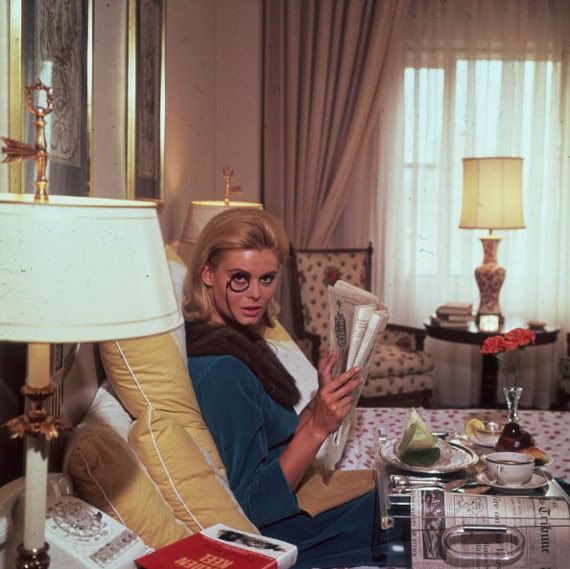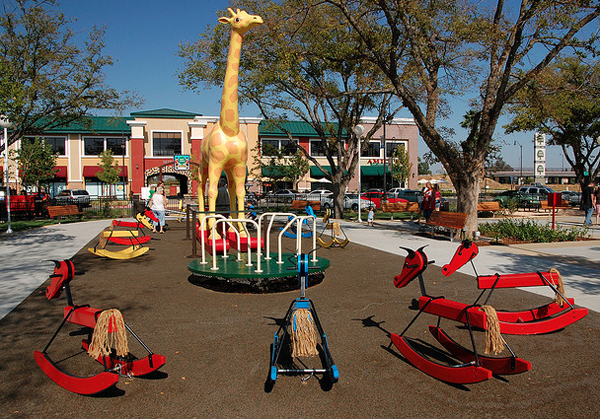
It’s FRIDAY! Whoo hoo! So today I thought it would be fun to take a look at one of my favorite vintage toys—Dakin Dream Pets. Dream Pets are wee little stuffed animals that are like cuddly cartoon characters. They all have amazing personalities and great little details—like hats, handerchiefs and more. Over the years I’ve managed to collect quite a few of them and they always make me smile! These little suckers are super cute and make for adorable little room accents, but they have an equally interesting history too!

image: Kitsch and Curious.
Back in 1957, R. Dakin & Company began importing electric toy trains from Japan. As they unpacked the trains, they made the unusual discovery that the boxes were packed with several small, quirky stuffed animals—apparently the Japanese workers had handcrafted these whimsical little animals from scraps of velveteen and used them as padding to protect the trains on their long trip. Unexpectedly, these sawdust-filled little critters became more popular than the trains themselves! The story goes that the Japanese workers had begin calling them “Dream Pets, ” because they said they could pretty much make any kind of animal you could dream up—and the name stuck. The people at Dakin weren’t fools and quickly realized that they should be producing these sweet little animals instead of trains!
Roger Dakin (who was the president of the company) placed an order by cable to Japan for 25 dozen of these little whimsical guys, but after showing them around and seeing the positive reaction he got, he quickly changed his order to a whopping 300 dozen. By 1961 production of the little Dream Pets had moved to the states where they were designed by Dakin’s Senior toy designer Virginia Kemp.
Let’s check some of ’em out:




images: Make Something Happy.

image:Â PinkyJane

image: KitschCafe

image: Lollygomez

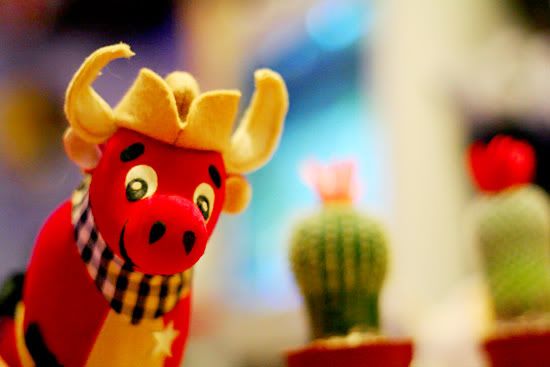
images: Tiramisue

image: Nascar Trophy Wife

These little guys are so full of personality! The best part is, they can still be found very affordably (we’re talking $5-7 a pop, perhaps a little more for rarer ones). In 2004 they did a re-release of the classic Dream Pets so you can also find some that are in more minty condition. I think they would look adorable on a book shelf in a kiddo’s room or on a display shelf. You can also try hanging them in a little framed shadow box on the wall!
One things for certain….these little cuties are certainly dreamy.


